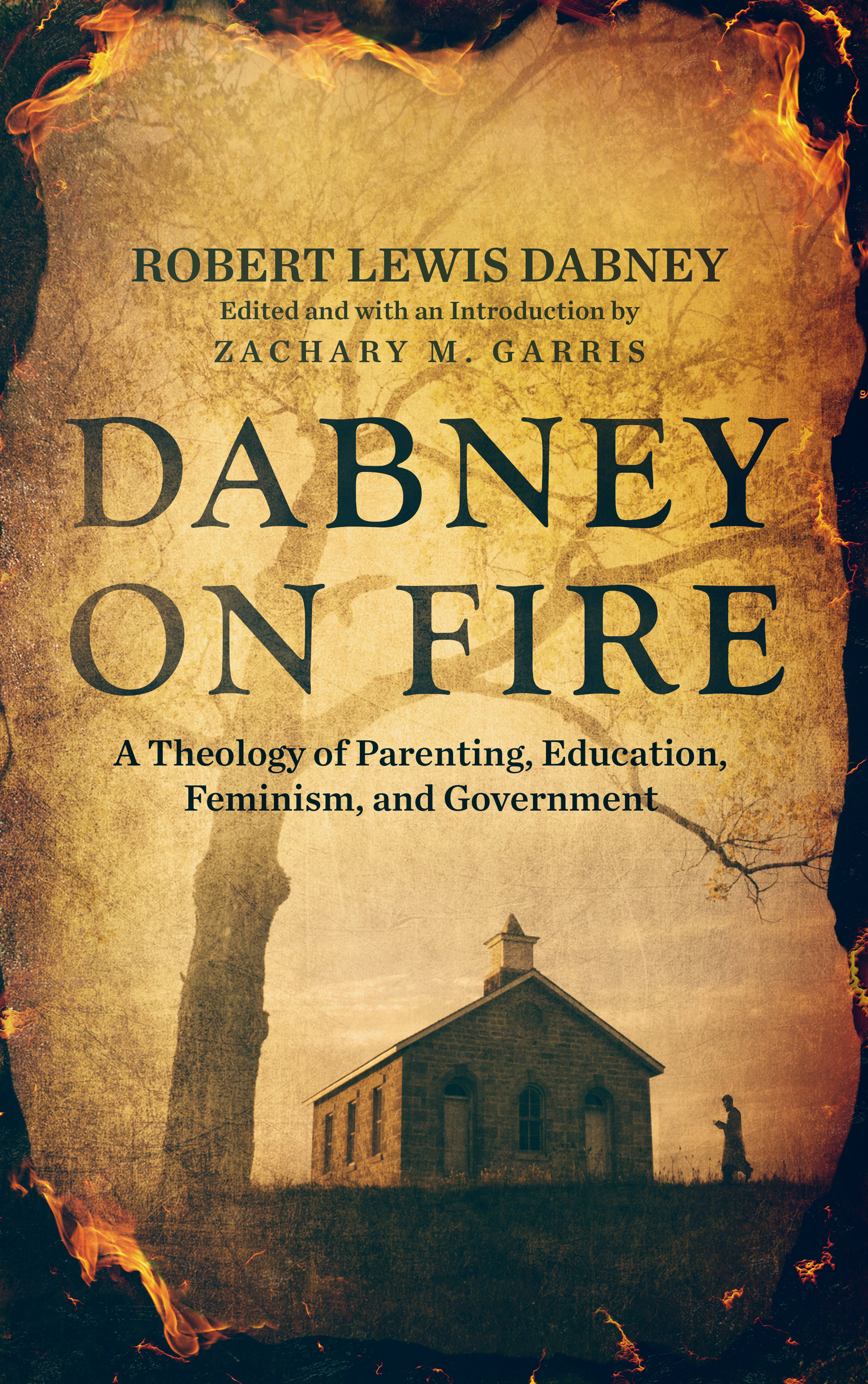The Case for Western Civilization
/History is a neglected subject in most schools today. Sure, most states require two years of history in high school, but this involves cramming world history into one year and following it with one year of American history. It seems disproportionate to give several thousand years of world history the same amount of attention as 300 years of a single country. It is of course important to know our own nation’s history, but it is also important to know the history that our nation was built on.
Pluralism’s Overthrow of the West
Not only is world history condensed into one year, but it is now standard to give equal attention to all cultures and civilizations of the world. This stems from modern pluralism and its insistence that all cultures are “equal.” This is the same propaganda that has led public schools to call the field “social studies” instead of history. We must reject this deception. Not all cultures are equal, and some have had far greater influence in the world than others. Medieval Europe had lasting influence on not only Western culture but also the entire world. Why then would we give equal attention to the history of less influential cultures?
Modern pluralism not only denies America’s roots; it seeks to overthrow America’s roots. Americans are descendants of Western tradition, particularly European Christendom. We ought to embrace our heritage, not spurn it. Yet sadly, most colleges stopped requiring a Western civilization course years ago. This says much about the agenda of modern “academia.”
Students cannot study every aspect of history in school. There is simply not enough time to do so. We must be selective in what we study, and so we must select that which is worthy of our attention. In this case, students ought to focus on the history of Western civilization. Not only is it America’s history, but it is also the history that built the modern Western world and continues to influence even non-Western countries.
Western Civilization Curriculum
The history of Western civilization is so dense and so important that it should be spread out over multiple years. I recommend that high school history be split into four courses—three years of Western civilization and one year of American history:
(1) Ancient History (Ancient Near East, Greece, Rome, early church)
(2) Medieval History (Christendom through the Reformation)
(3) Modern European History (Reformation through the present)
(4) American History
Some curricula have only two years of Western civilization and one year of American history, but that is okay. This is far better than only one year of “world” history and one of American history. Western civilization (ancient, medieval, and modern history) can be sufficiently covered in two years. I am only saying that Western civilization can easily be split into three years. And if you want to have a history course every year of high school, this is the way to go.
But history is not only for high schoolers. Young children ought to be introduced to the history of Western civilization through important names and dates, as well as the great stories of history. Then in high school, the four courses listed above can be studied in-depth.
This kind of curriculum will give students a greater knowledge of the world than most college graduates today. This reveals the sad deficiency of our modern educational system, but it also reveals the great opportunity students have today. Those who have studied Western civilization will be better equipped to speak on almost every subject than those who are ignorant of the past. They will also come to appreciate the people and cultures that have gone before us, understanding that we truly do stand on the shoulders of giants.

















